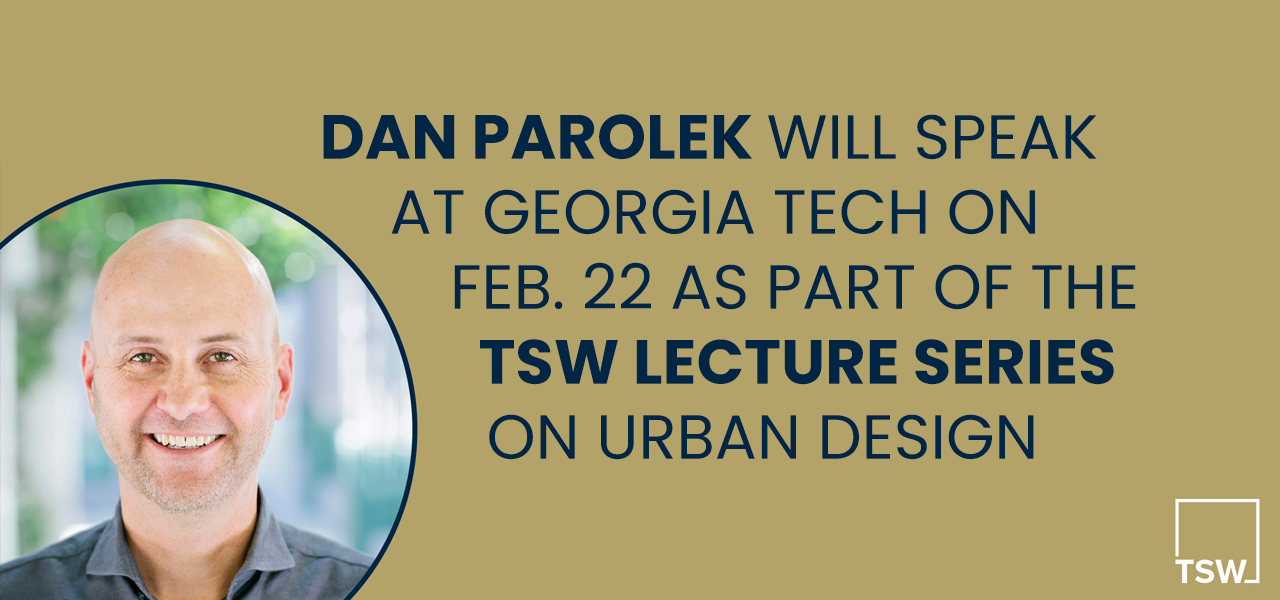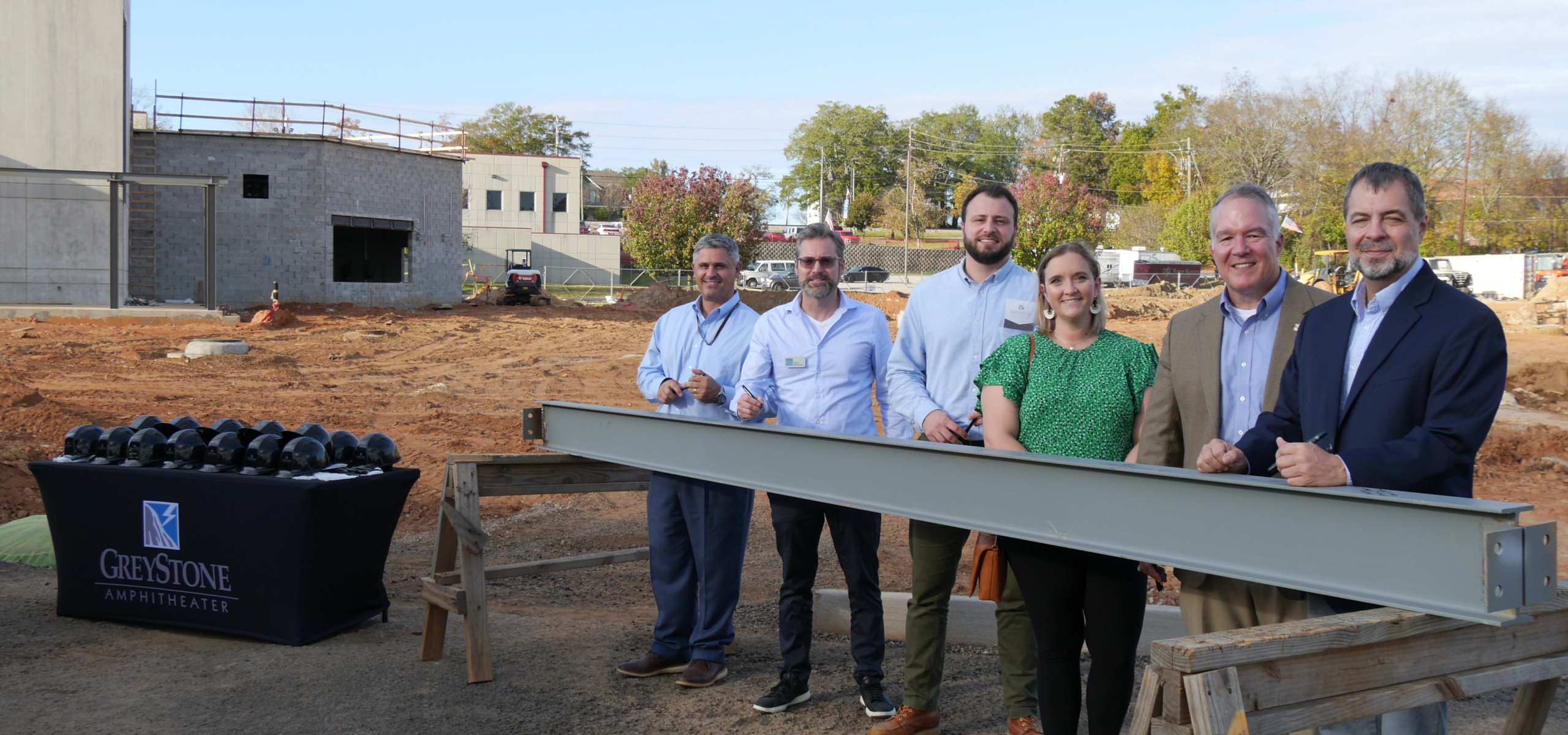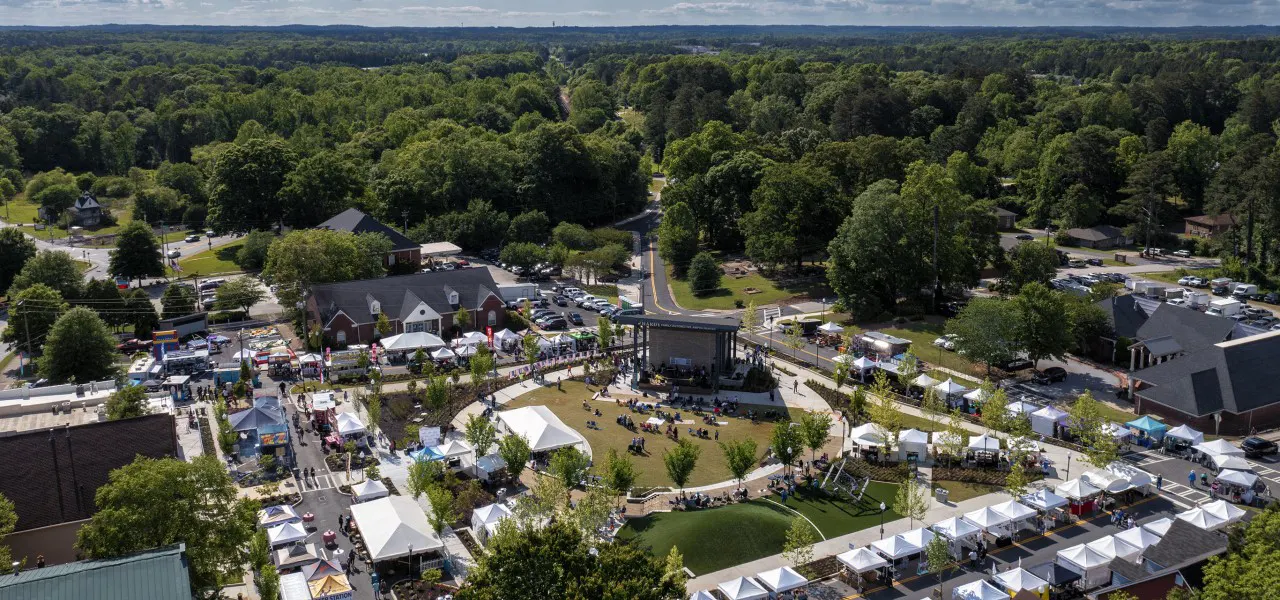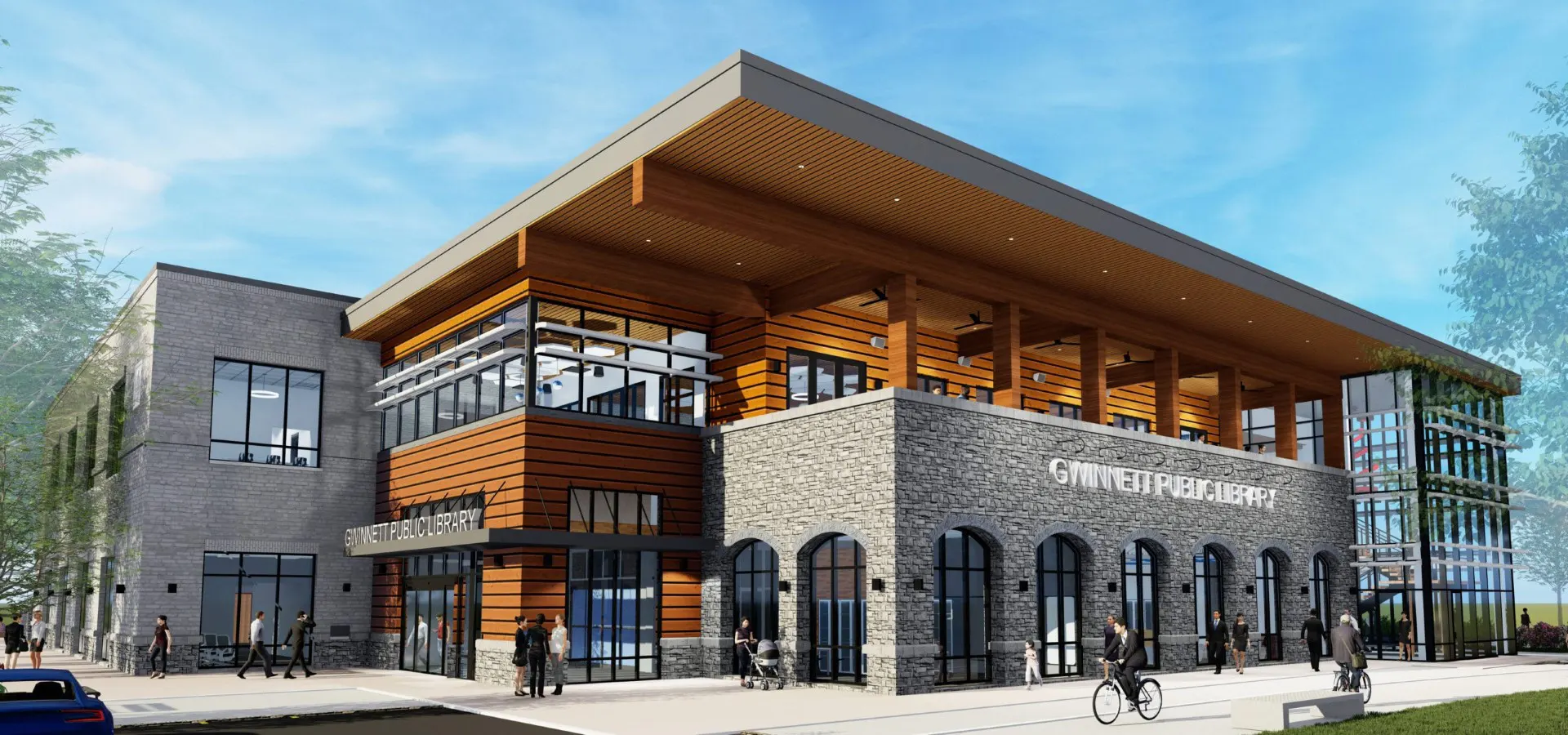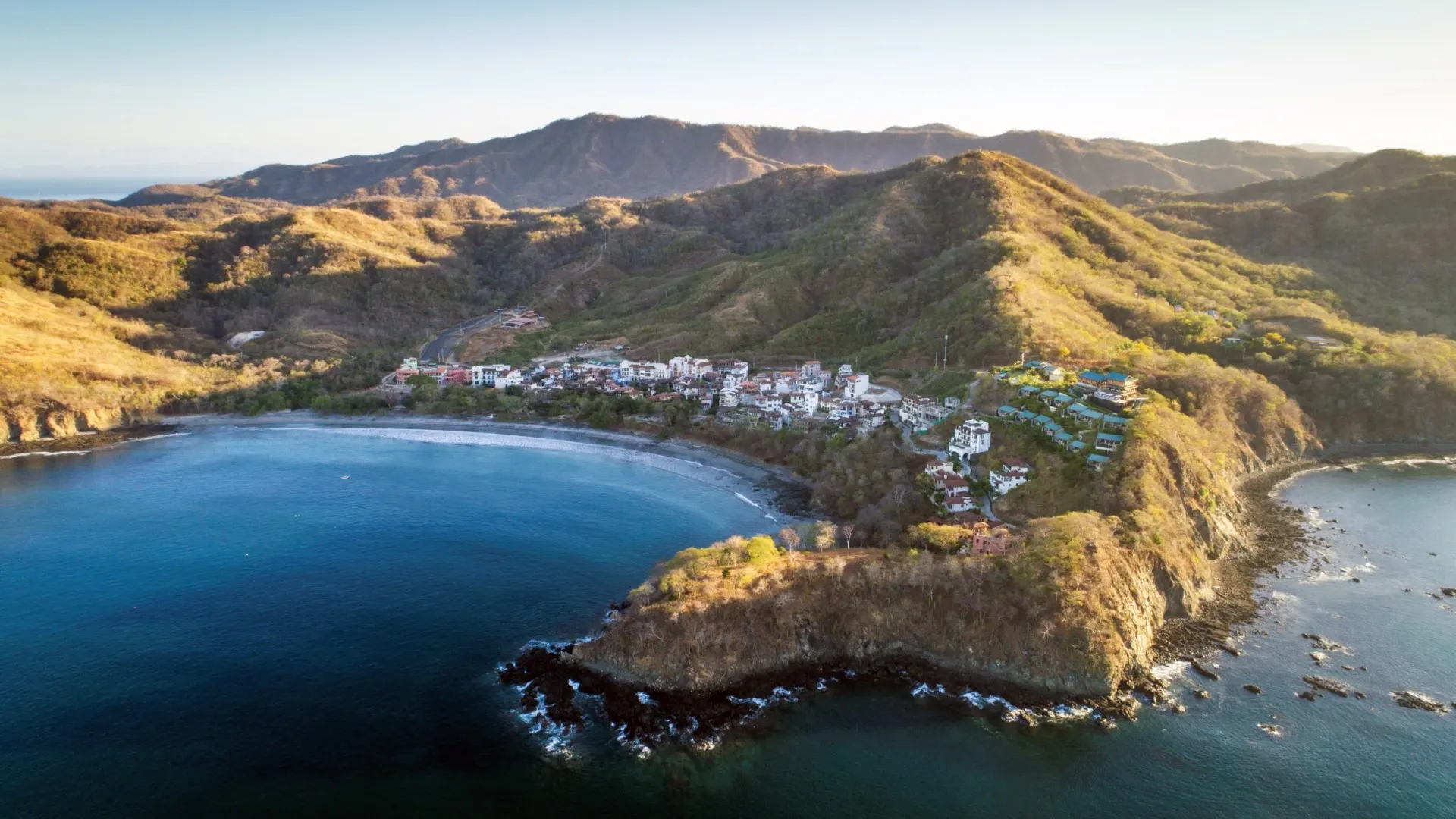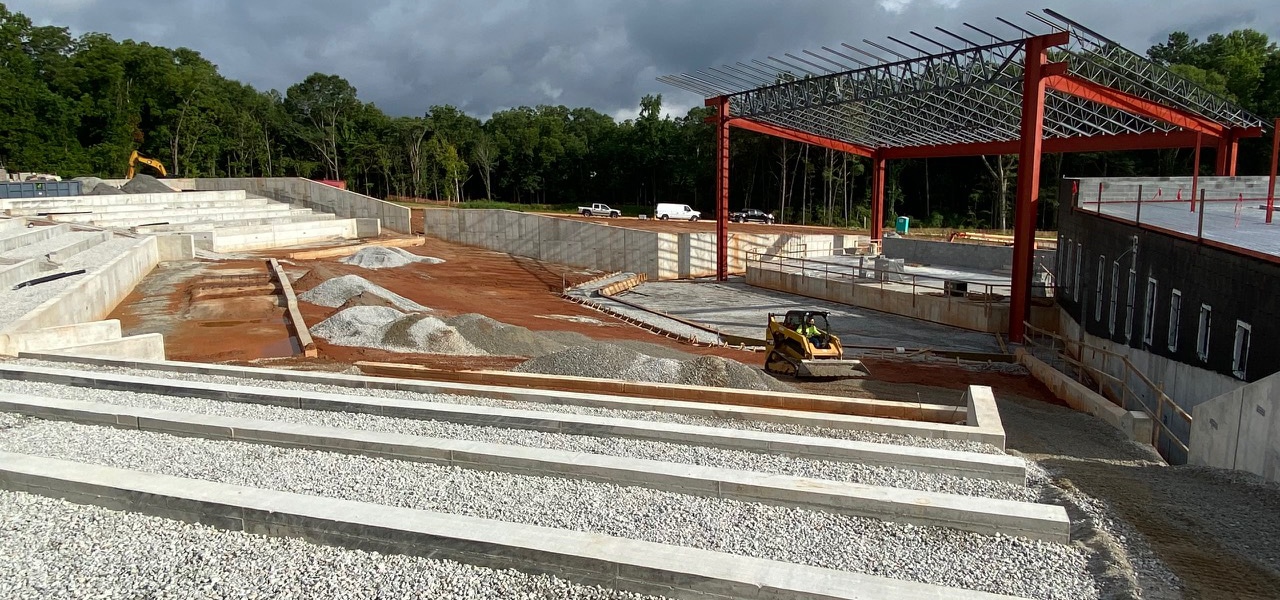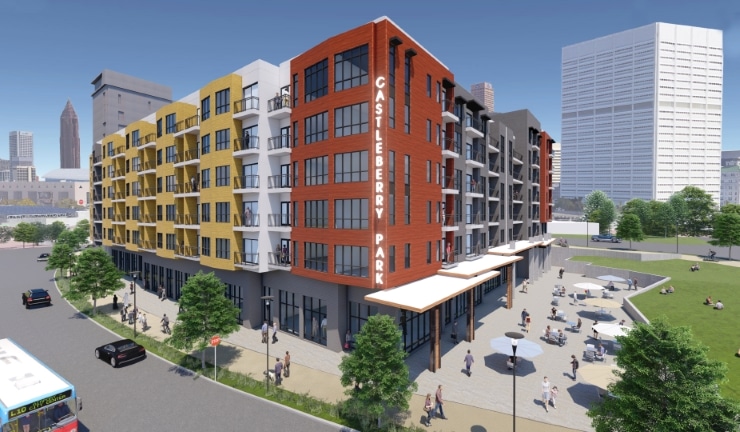Urban design is a process that involves designing and shaping the physical features of cities, towns, and villages, as well as planning for the provision of municipal services to residents and visitors. It deals with the larger scale of groups of buildings, infrastructure, streets and public spaces, whole neighborhoods and districts, and entire cities, with the aim of creating urban environments that are equitable, beautiful, performative, and sustainable.
Urban design is an interdisciplinary field that utilizes the procedures and elements of architecture, landscape design, urban planning, civil engineering, and municipal engineering to create spaces that connect people and places, movement and urban form, nature and the built fabric. The field draws together the many strands of place-making, environmental stewardship, social equity, and economic viability into the creation of places with distinct beauty and identity.
In addition to urban design, TSW planning, architecture, and landscape architecture are also essential components in the creation of livable urban spaces. TSW planning involves the development of transportation, stormwater, and wastewater management plans to ensure that infrastructure and services support the needs of communities. Architecture provides the means for designing and constructing buildings that are functional, safe, and aesthetically pleasing. Landscape architecture complements urban design and architecture by providing the design of outdoor spaces that enhance the quality of life in urban areas.
Overall, urban design draws these and other strands together, creating a vision for an area and then deploying the resources and skills needed to bring the vision to life. This process involves collaboration and coordination among multiple disciplines to achieve the best possible outcome for the community. Ultimately, the goal of urban design and related fields is to create sustainable, resilient, and equitable communities that meet the needs of their residents and visitors.

